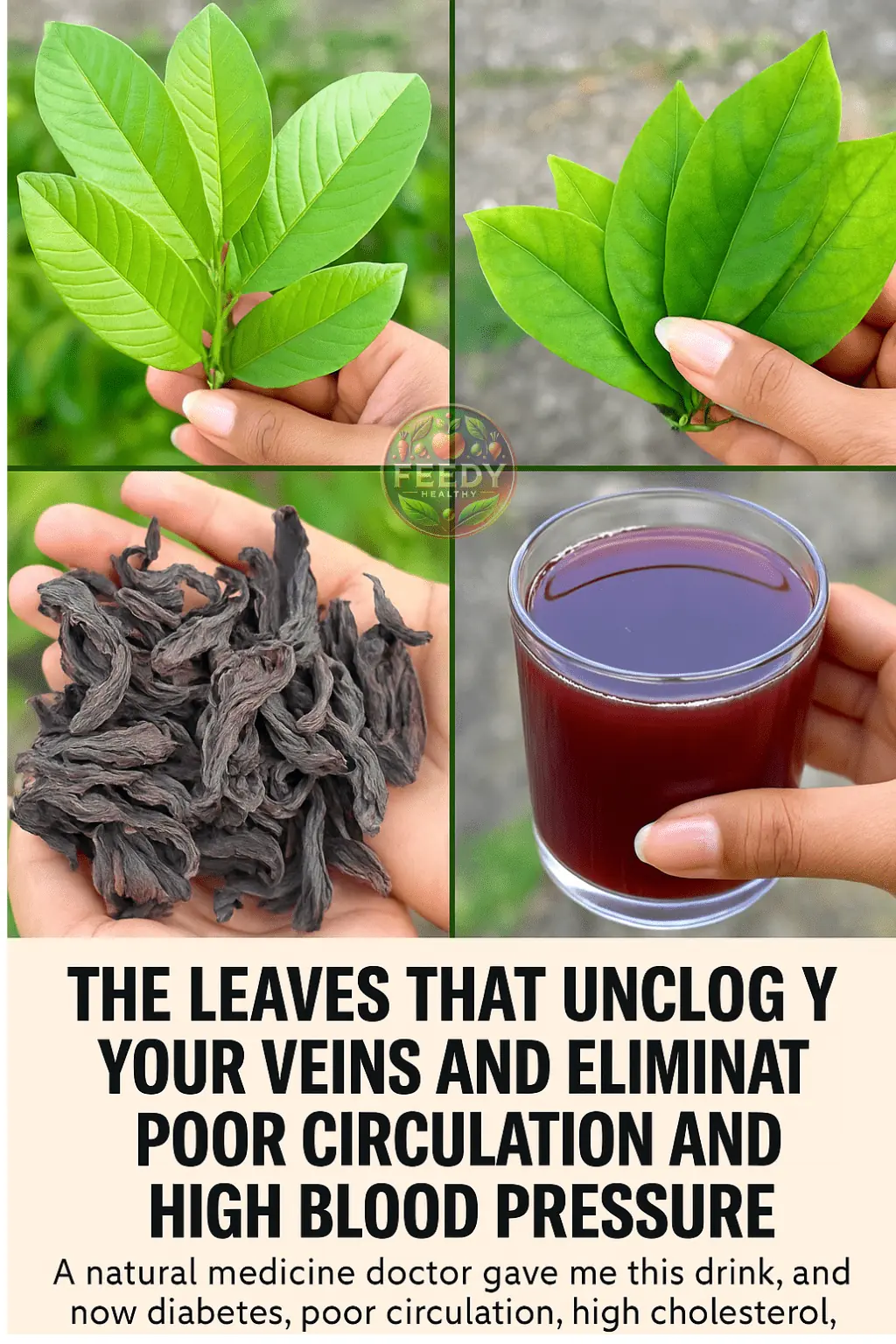
California on Alert After Discovery of 13-foot Climbing Invasive Creature from China

Invasive Species Alert: Chinese Mitten Crab Discovered in Pacific Northwest Waters
A routine fishing trip turned into a region-wide biological alert when a commercial fisherman in the Pacific Northwest made an unusual catch: a Chinese mitten crab—a species never before documented in this area. This unexpected discovery has sparked serious concerns among biologists and environmental officials, who fear the potential ecological and economic consequences for coastal ecosystems, especially in California and Oregon.
🦀 What is the Chinese Mitten Crab?
The Chinese mitten crab (Eriocheir sinensis), native to the coastal rivers of China, Korea, and Japan, is easily identified by its distinctive furry, mitten-like claws. This medium-sized crab sports a brownish-green shell and can grow up to 4 inches wide. What makes it particularly dangerous as an invasive species is its adaptability: it can thrive in both freshwater and saltwater, feeding on a wide range of plant and animal matter.
Its omnivorous diet and rapid reproductive capabilities allow it to disrupt native ecosystems, outcompeting local species for food and habitat. It also poses a threat to infrastructure, thanks to its aggressive burrowing behavior.
🎣 Discovery in the Columbia River
On April 22, a commercial fisherman near Tongue Point in Astoria, Oregon, hauled in an unexpected catch from the lower Columbia River. Suspecting something unusual, he brought the crab to the Oregon Department of Fish and Wildlife (ODFW). It was confirmed to be a Chinese mitten crab—a first for this region.
Experts believe the crab may have reached the area either as larvae in the ballast water of a ship or via illegal release into the wild, potentially for consumption or aquaculture.
🚨 Regional Response and Containment Efforts
This discovery triggered immediate action by biologists across Oregon, Washington, and California, along with scientists from the National Oceanic and Atmospheric Administration (NOAA). To assess the extent of the invasion, agencies are:
-
Deploying trap lines along critical points in the waterway
-
Collecting water and sediment samples to detect the crab’s DNA
-
Encouraging the public to report sightings immediately to aid rapid response
The goal is to contain the spread before the species becomes firmly established—something that’s proven extremely difficult in the past.
🧠 Historical Context: A Known Threat
This isn’t the first time the Chinese mitten crab has raised alarms in North America. The species first gained a foothold in the San Francisco Bay Area during the 1980s, where it caused major problems:
-
Damaging levees, stream banks, and dikes through burrowing
-
Disrupting native wildlife populations
-
Damaging commercial fishing gear and reducing catch yields
Given this history, the recent discovery in the Columbia River has prompted fears of similar damage occurring in the Pacific Northwest.
🧬 Why It’s Hard to Control
The mitten crab is not only resilient, but also surprisingly mobile:
-
It can survive out of water for up to a week in dry conditions
-
In moist environments, it can survive over a month
-
It can climb over obstacles, making typical barriers ineffective
These traits make the species incredibly difficult to contain, especially in interconnected river and estuary systems like the Columbia River Basin.
🔍 What You Can Do
Awareness is key in the fight against invasive species. If you live in or around the Pacific Northwest or California, here’s how you can help:
-
Learn to identify the Chinese mitten crab: Look for its furry claws, round carapace, and small size
-
Report any sightings to your state’s department of fish and wildlife
-
Never release non-native species into the wild—intentionally or otherwise
🌊 Conclusion: A Call for Vigilance
The appearance of the Chinese mitten crab in the Pacific Northwest is more than an odd catch—it’s a warning. The species has already shown its capacity to wreak havoc in other regions. Now, scientists, government agencies, and everyday citizens must work together to monitor, report, and prevent the spread of this invader before it becomes a long-term ecological and economic problem.
Protecting our coastal waters means acting now.
News in the same category


Orangutan mom, thought to be infertile, gives birth and is captured on camera for the first time

Soviet-Era Spacecraft Re-Enters Atmosphere At 17,000mph — Impact Zone Remains Uncertain

Japanese Newspaper That Transforms into Plants Promotes Sustainability

Scientists Have Discovered The Ancient Origins of Cannabis

Growing Panic In New England As Another Body Surfaces — Police Address Serial Killer Concerns

Alan Jackson’s Wild Concert “Command” Sparks Chaos As Fans Rush The Stage

Father who murdered 10-year-old daughter is attacked in prison

Kim Sae Ron Admits To Having Sex With Kim Soo Hyun As A Middle School Student

Depressing find at the bottom of the Mariana Trench is a warning to the world

Paris Hilton’s Unwavering Strength: A Mother’s Defense Against Cruel Comments

What Are Portholes, and Why Are They Used On Cows?

Halley’s Comet Is Back — But This Time, It’s Raining Fire

Found a Hole in Your Tomato? Here’s What It Really Means and What You Should Do Next!

Understanding and Managing Chin Whiskers in Women: Causes, Impact & Solutions

Gynecologist Refuses to Treat Trans Woman, Sparking Backlash Over Refused Care

Flight attendant explains the unexpected reason cabin crew keep their hands under their thighs during takeoff and landing

Little-known mistakes and bloopers in Dukes of Hazzard

Paramedic fatally stabbed by patient he was trying to help during ambulance ride, police say
News Post

Aloe Vera Ice Cubes: An Effective DIY to Get Rid Of Dark Spots

What’s the Secret Behind Garlic and Onion? 😱 Here’s What You Need to Know

CCF Drink For Glowing Skin

Glass Skin Transformation In 7 Days With Rice

Discover the Power of Mango Leaf Tea for Your Health

Natural Hair Darkening Remedy: Cloves and Garlic

Healthy and Delicious Banana, Avocado & Carrot Smoothie Recipe 🥑🍌🥕

Photos From The Past That Changed The World”: Rare Historical Photos That Are Worth Seeing

The Fascinating History and Ingenious Design of Japan’s Nightingale Floors

5 Best Homemade Hairspray for Hair Growth

5 Homemade Skin Toners For Glowing Skin, Acne & Dark Spots

JOKE OF THE DAY: A guy suspects his wife is cheating on him

The Leaves That Unclog Your Veins and Eliminate Poor Circulation and High Blood Pressure

SHERMAN WON’T SLEEP UNTIL HE TUCKS THEM IN

5 years old saves sister, dog from burning home then alerts rest of family

Reverse Diabetes, Poor Circulation, and High Blood Pressure with This Natural Recipe

Gluten-Free 3-Ingredient Healthy Cookies Recipe

Rediscover Youthful Skin with Carrots
